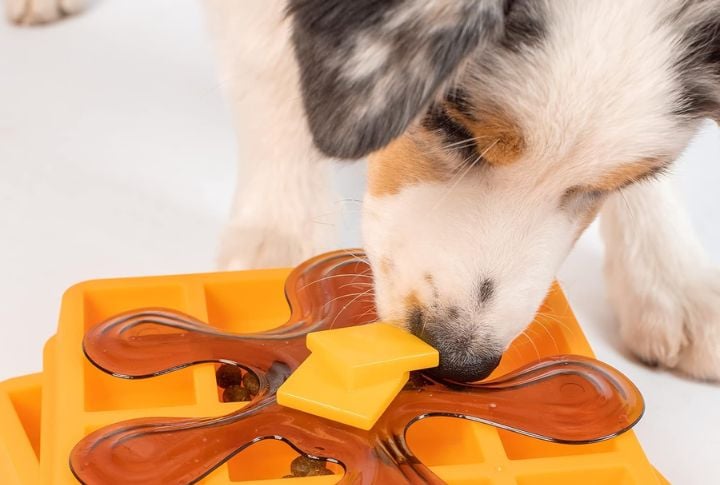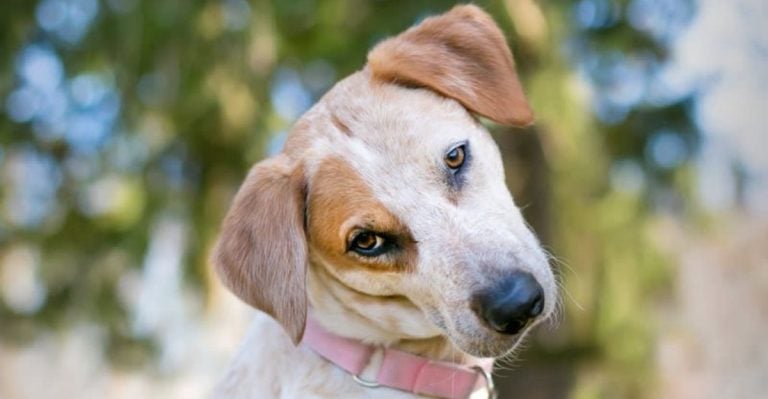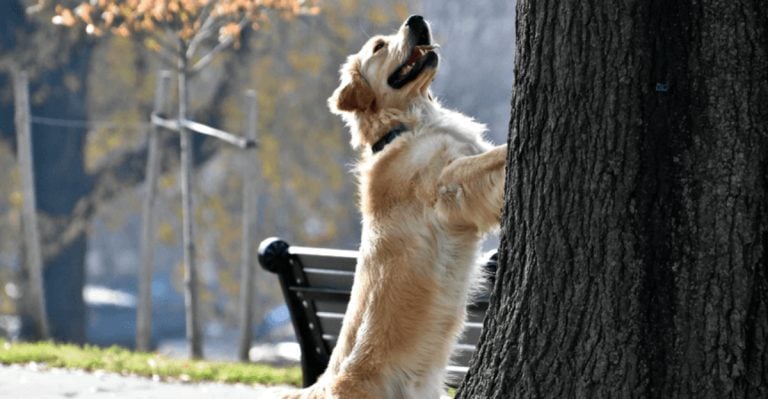15 Mental Workouts To Keep Your Dog Engaged Anywhere

Dogs love to move and stay involved in whatever’s happening around them. Finding ways to keep their minds active can be just as enriching as physical play. A little creativity goes a long way in keeping things fresh. Here are 15 fun games that spark mental activity in dogs.
Locate The Treats

Hide a few treats around the house and let your dog sniff them. Start easy with visible spots, then increase the challenge using harder-to-reach areas. This game taps into natural scenting instincts and gives your dog a satisfying mental task with a rewarding outcome.
Cup Game Challenge

Place a treat under one of three upside-down cups, shuffle them slowly, and let your dog pick the right one. Dogs love the puzzle aspect of this game. Over time, they learn to focus and track movements, strengthening memory and problem-solving skills in a fun, low-stress way.
Puzzles For Solo Play

Mental focus increases when your dog has to think through a task alone. These toys keep the brain busy and offer productive challenges that build over time. Fill one with treats or kibble and let your dog figure it out—no instructions needed, just problem-solving at their own pace.
Name That Toy

Start by consistently naming a specific toy each time you play. Within a few weeks, most dogs begin to associate the word with the object. Eventually, you can place multiple toys out and ask them to pick the right one. It’s a great way to build recognition through repetition.
Hide And Seek

Slip into another room after asking your dog to stay. Call the dogs once you’re hidden. Most dogs enjoy searching for familiar scents or voices, and this game strengthens recall while keeping things fun and interactive. Try switching hiding spots often to keep the challenge fresh.
Obstacle Course Indoors

Structured tasks help strengthen attention and improve response to commands. As a result, guided movement becomes more than exercise—it sharpens awareness. You can set up a simple obstacle course with just a few cushions or chairs. Lead your dog through each part for a rewarding mental exercise.
Freeze Dance Game

Quick changes in movement grab your dog’s attention. Play upbeat music and move together. Pause the music and cue your dog to sit or lie down. It’s a simple activity that helps with self-control and strengthens command response while adding a fun twist to everyday training.
Tug With Rules

Tug-of-war isn’t just about strength—it also reinforces control when played with boundaries. Teach your dog to release on command, pause when asked, and restart when invited. These rules turn tug into a mentally active game that teaches impulse control while keeping energy levels up.
Leader Games

Responsiveness improves when dogs learn to adjust to their handler’s movement. Subtle cues become more mentally engaging as they begin to track direction and pace. Stroll around the house, changing direction often. Use a toy or treat to hold their attention and encourage them to stay nearby without needing a leash.
Which Hand Has It?

Quick choices sharpen your dog’s ability to process scent cues and think before reacting. This easy guessing game exercises the brain without requiring motion or tools. Close a treat in one fist, extend both hands, and let your dog choose. Reward correct picks and reset when they miss.
Scent Walk Challenge

Switch up your usual walk by letting your dog decide the pace and pick where to go. Instead of following a set route, let your pet’s nose guide the walk. Such walks tap into your pet’s natural tracking instincts and turn a simple outing into a focused scent-based activity that engages your brain.
Toy Rotation Game

Put away a few toys for a week, then bring them back into play. Rotating toys regularly keeps them exciting and mentally stimulating. Pets show renewed interest in old toys they haven’t seen in a while, which helps maintain curiosity and engagement.
Command Mix-up

Mix familiar commands or introduce new ones during play sessions to break the usual routine. For example, mix a sit command with a down command, then follow up with a quick toy toss. The back-and-forth sharpens your dog’s recall, response time, and attention span.
Light Chasing

Short bursts of fast movement can sharpen tracking ability and awaken natural hunting behaviors. This game works best with dogs who stay calm and responsive throughout. Use a flashlight or laser pointer briefly, and stop immediately if your dog becomes overly fixated or shows signs of obsessive behavior.
Follow The Sound

Hide a favorite noise-making toy somewhere nearby and activate it from a distance. Let your dog follow the sound to track it down. It taps into auditory recognition and builds focus. You can increase the difficulty by moving farther away or placing the toy in less prominent locations.





